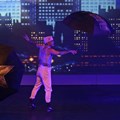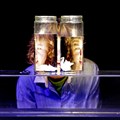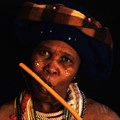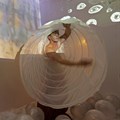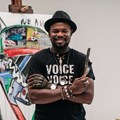The National Arts Festival made a call on 17 March 2020, under the leadership of new CEO Monica Newton, to neither cancel nor postpone the annual pilgrimage for arts lovers, in favour of taking it completely online. In the many days since then, the team and numerous pioneering artists have been in full pivot, redesigning a whole new festival that will bring a curated South African arts experience to the virtual world stage.
This year's Virtual National Arts Festival will happen entirely online from 25 June to 5 July 2020.
Expect more than 250 productions
“It has been nothing short of a whirlwind,” says Newton of the process that has called on artists and the festival team to drop everything and build a brand-new space. Just days before the Virtual National Arts Festival (vNAF) is poised to be launched onto the web, there is a programme of no less than 250 productions, which equates to more than 120 viewing hours of shows. And more are still coming in to the festival’s vFringe platform, which will be accepting works from artists and putting them up in ticketed ‘windows’ for audiences to browse and select.
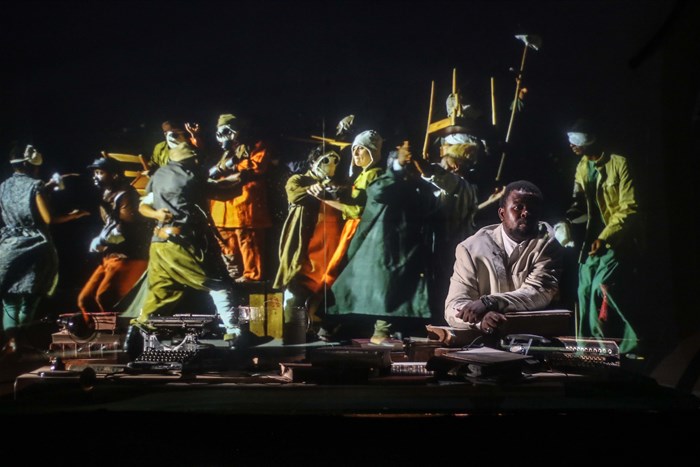
PEPPER'S GHOST, Centre for the Less Good Idea
The Virtual National Arts Festival (vNAF) will be entirely viewed through the portal of the newly redesigned website, with a daily programme of shows presented. A full festival pass that allows access to the entire curated programme, daily passes and passes to specific festival elements, such as the Standard Bank Jazz Festival, will be sold to local and international audiences via the website.
vFringe to offer video on demand
The vFringe will offer video on demand, and visitors will be able to buy tickets to individual shows. The live portal will link to events happening on platforms such as Facebook, Instagram and Zoom. Visitors to the vNAF will also be able to explore the Virtual Green fair, featuring goods from crafters, traders and makers, as well as virtual galleries, where visual artists participating on the vFringe will display their works.
The Standard Bank Jazz Festival remains a core feature of the Virtual National Arts Festival and the Creativate Digital Arts Festival, presented by Standard Bank, really comes into its own this year with its focus on the cutting-edge intersection of the arts and technology. This year’s Standard Bank Young Artists will be the first-ever to present their work online.
Rucera Seethal, the artistic director of the Virtual National Art Festival, says, “We have in this year's programme a collection of strong artistic voices, rising in confusing and challenging times. Artists from across generations have found ways to comment, question, explore, reminisce, make jest, and scream out. It is a festival with both weight and wings.”
Visitors to the festival will be able to explore the diversity of the South African arts offering, with some exciting international contributions rounding out the experience.
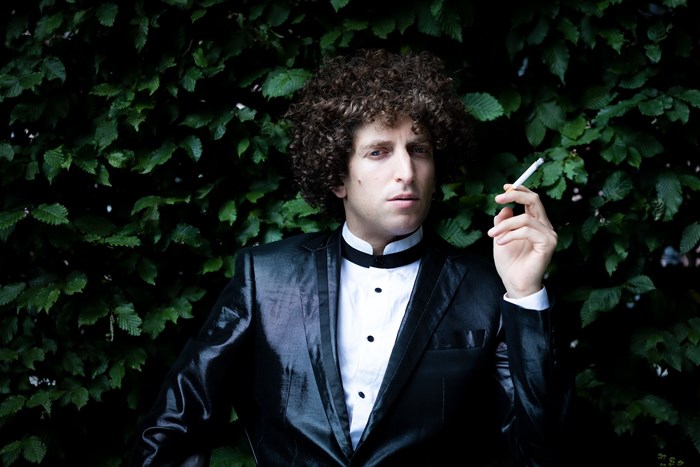
Adam Donen by Magnus Arreva
Madosini Mpahleni, this year's featured artist
The National Arts Festival’s 2020 featured artist, musician Madosini Mpahleni, will be honoured through a documentary in an 11-part series across each day of the festival. This series will feature a new song each day of the festival, with a particular set of musicians performing and reflecting on the music. An account by Madosini on the meaning of the song and its inspiration will be included, as well as other contextual or archival video and photographic material. The narrative starts with Madosini's earliest experience, learning music from her mother, and we will be able to follow her journey to the city and, ultimately, around the world where she has collaborated with musicians across genres and styles.
As Madosini is in the high risk category for Covid-19, no work could be made directly with her so this series forms an important archive of her unique form of music as well as of the life and career of its leading proponent.
Collaborations in performance and film
The new format of the festival has called on artists to reimagine their work in a new medium. Nicola Pilkington and Buhle Ngaba have done just that by collaborating on a virtual version of Swan Song, Ngaba’s deeply personal coming-of-age story that explores the blending of places, memory, cultures and histories. The work was first conceived by Ngaba during her time at the Royal Shakespeare company through a Brett Goldin Bursary award.
Former NAF featured artist and outspoken arts activist Mamela Nyamza premieres Pest Control, a layered piece, partially informed by the mythological story of Narcissus, that looks at the diverse relationships and situations that are either deeply impaired because of self-service or repaired to enhance a practice of empathy for the whole good of the other. The piece is infused with commentary on destructive management in the arts.
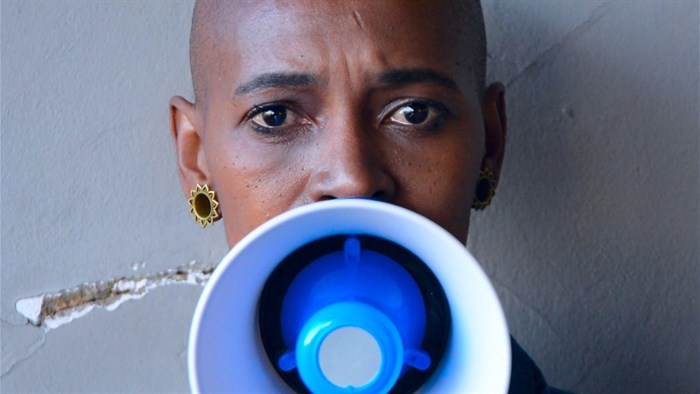
Mamela Nyamza in PEST CONTROL
Michelle Douglas’ Breathing Space, with Alan Farber directing, takes a deeper look at circumstances and beliefs that shaped the 'freethinking' views of Olive Schreiner and how she placed enormous importance on principle versus personality. The play marks the centenary of Schreiner’s passing and is presented as ‘intimate theatre through the lens of a camera and very personal glimpses which would be unachievable on stage’.
IGAMA narrates the story of five women who live in an archetypal South African community. Bringing the camera’s gaze to stage allows playwright, theatre director, and filmmaker Slindile Mthembu to further explore her interest in ‘collapsing habitual, chronological and often one-dimensional narrative structures depicting black women and their lives’, to present a narrative that explores the complexities of being a black woman in the post-colonial world.
Visual arts journeys through technology
The global lockdown has sparked unprecedented use of innovative technologies to showcase visual arts. The Virtual National Arts Festival has harnessed these techniques and will present a series of intimate insights and representations from artists in the Visual Arts programme.
Pitika Ntuli will premiere his solo work Azibuyele Emasisweni (Return to the Source), which is also his first exhibition to comprise works sculpted in bone. The exhibition, curated by Ruzy Rusike, features 40 sculptures created from the bones of elephant, rhino, giraffe and horses. Whilst the dominant material used is bone – beads, shells, chains, computer circuit boards, pins, animal skins and marbles are integrated into the works. The show acts as a vessel to appreciate and connect with the depth and wisdom of African indigenous knowledge systems and African spirituality in the quantum age, and explores the healing potential of African art.




































